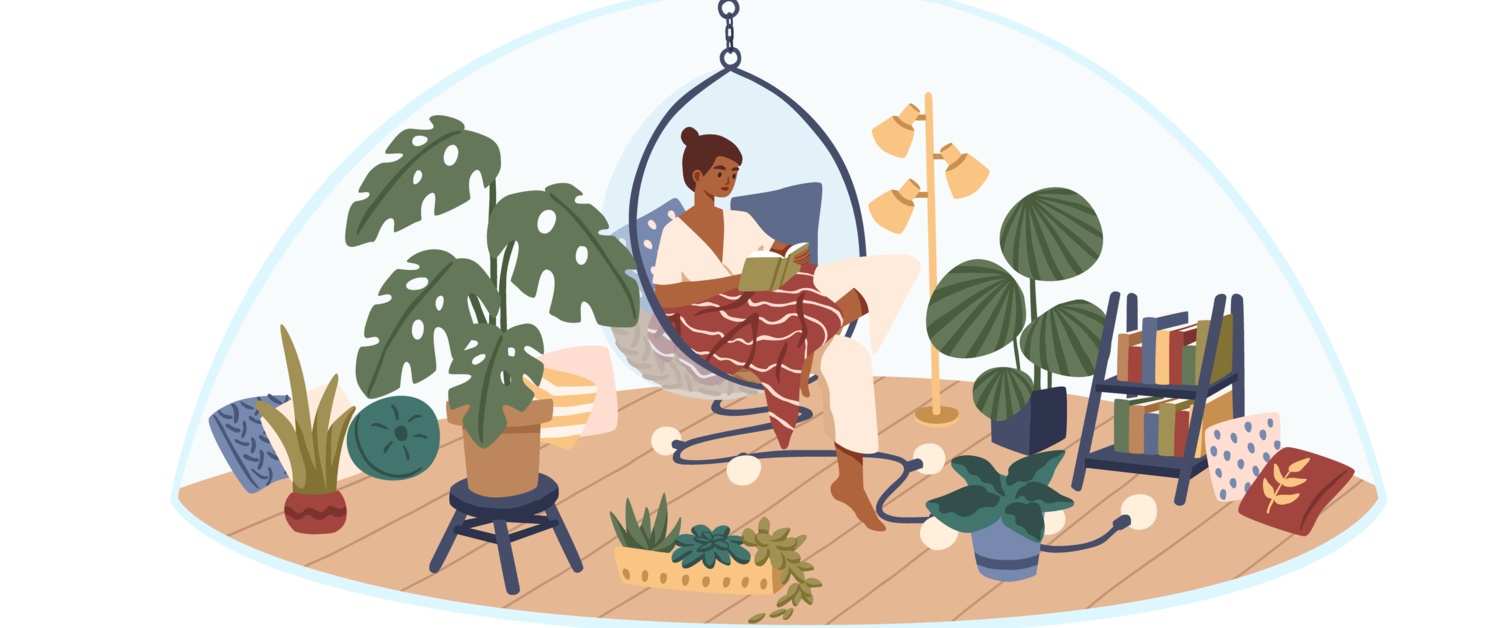Safe Spaces
- foster care rights, my rights
- Resources for Teens and Young Adults
The History
The idea of a safe space originated in the mid-1960s to give the LGBTQ+ community a safe place to be themselves. With the first US state (Illinois) not legalizing homosexual activities until 1962 and the rest of the states following in the 1970s, many needed a place to be themselves. The same could be said for minorities. Segregation was legally enforced in the US until the Civil Rights Act in 1964, and inequality is still occurring.
What is a safe space?
Generally, the term safe space means “a place or environment in which a person or category of people can feel confident that they will not be exposed to discrimination, criticism, harassment or any other emotional or physical harm.” Safe spaces can be a physical location or virtual space. They can be categorized by race, religions, gender, sexual preference, etc.
Physical Space Spaces
- Community centers
- local city centers
- youth-focused centers
- YMCA
- Boys and Girls Club, etc.
- Churches
- Libraries
- School/college clubs
- academic clubs
- cultural clubs
- sport clubs
- theatre clubs
- social justice clubs
- media and public relations club, etc. A family member or friend’s house
- Outside in nature
- An area in your house where you can be alone:
- basement
- bedroom
- a nook in the corner of a room, etc.
If you don’t have a physical safe space, you can create your own by making a small corner in your room unique to you. Add a bean bag chair, hang-up art, pile up your favorite books/magazines, and add a tent or canopy with things you have already. If you don’t have room inside or prefer being outside, find a place in your yard, a community garden or a park to create a safe space that is “your spot.”
How do I know a physical space is safe?
- Are there rules you need to be aware of? Do you agree with them?
- Is there someone to always enforce rules on the premises? What are the qualifications or stipulations to joining?
Virtual Safe Spaces
- Forums
- Facebook groups
- Instagram Influencer Community
- Examples: #foodie #bookgram #onthespectrum #lgbtqpride #allbodiesaregoodbodies #blackmendoyoga
- Mass Multiplayer Online Role-Playing Games (MMORPG)
- STEAM and Twitch are platforms that host MMORPG games where you can play others around the world. There is also the option to watch others play and learn through them.
How do I know a virtual space is safe?
- What are the guidelines/rules of the group?
- What action is taken if you don’t adhere to the rules?
- Is there a moderator of the group?
- What are the qualifications or stipulations to joining?
Summary
Safe spaces, whether in person or online, provide youth and adults a place to feel like they are not alone, they are understood, and they are respected. These communities can become our chosen family when our biological family doesn’t understand us or isn’t around to show us the support we need to sustain a good bill of mental health, and what’s more important than that?
